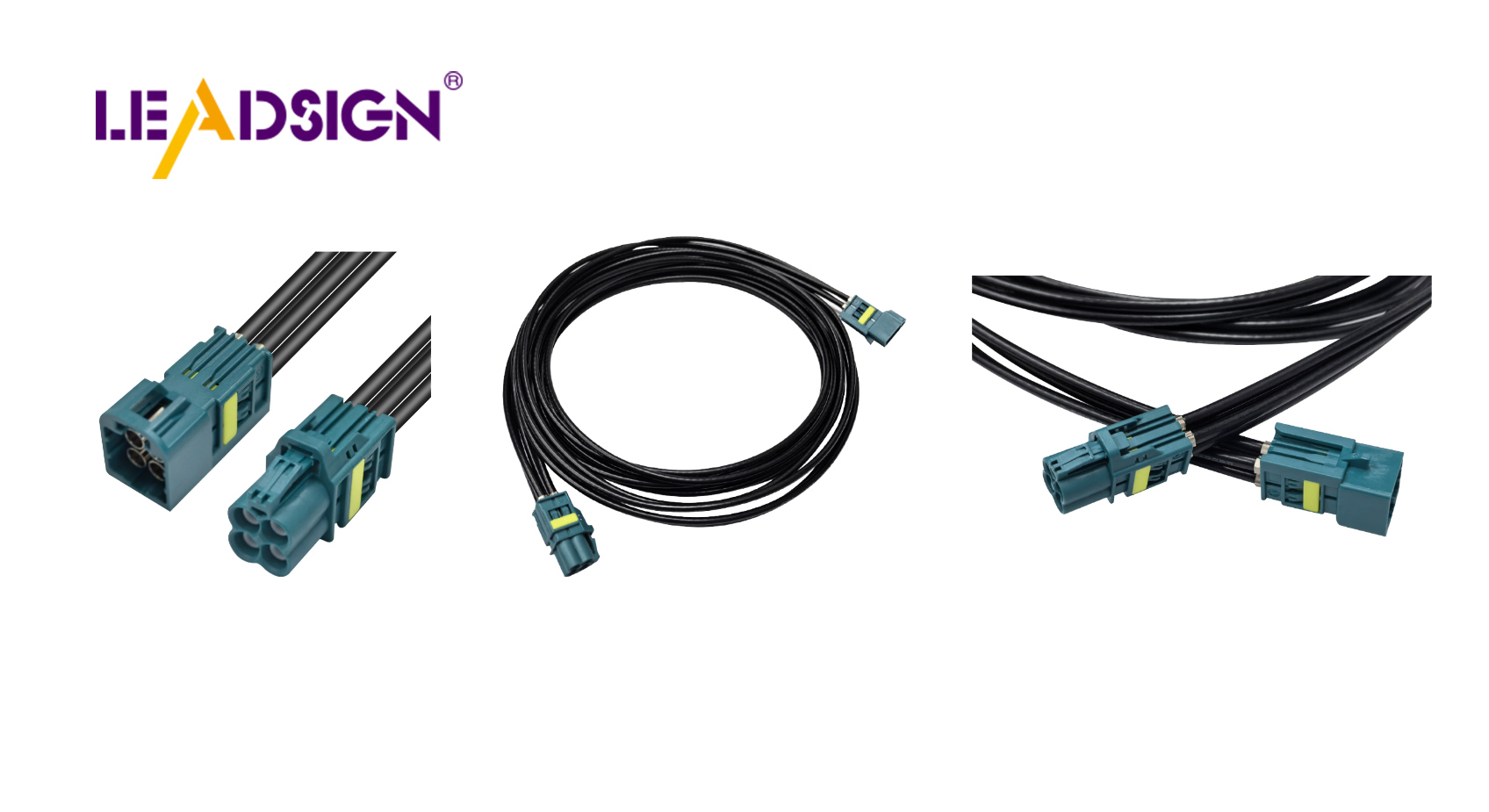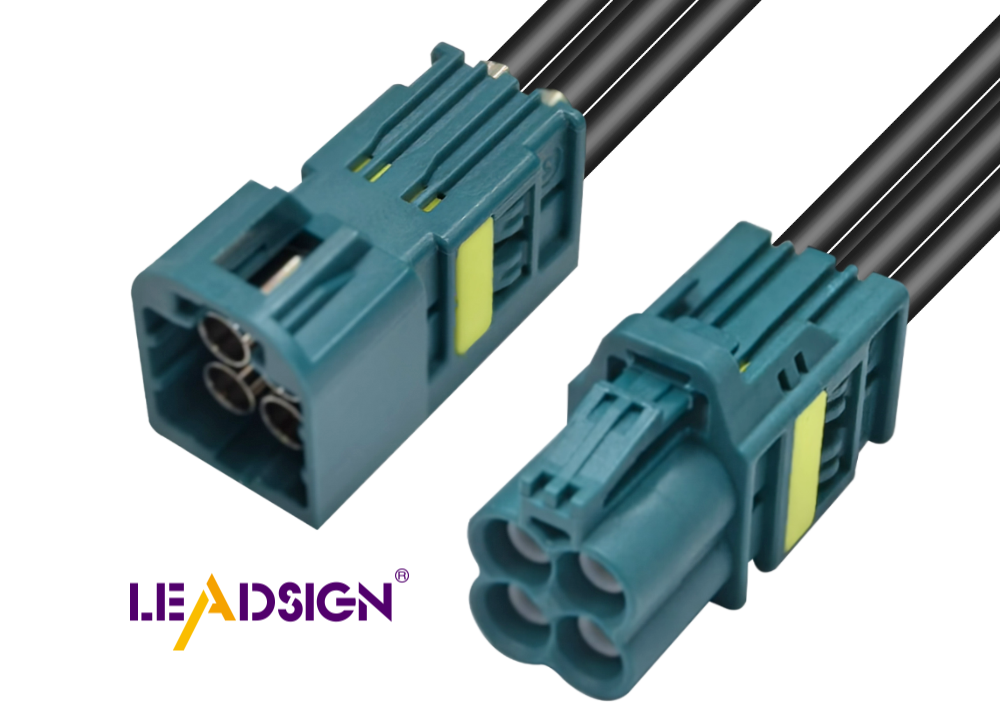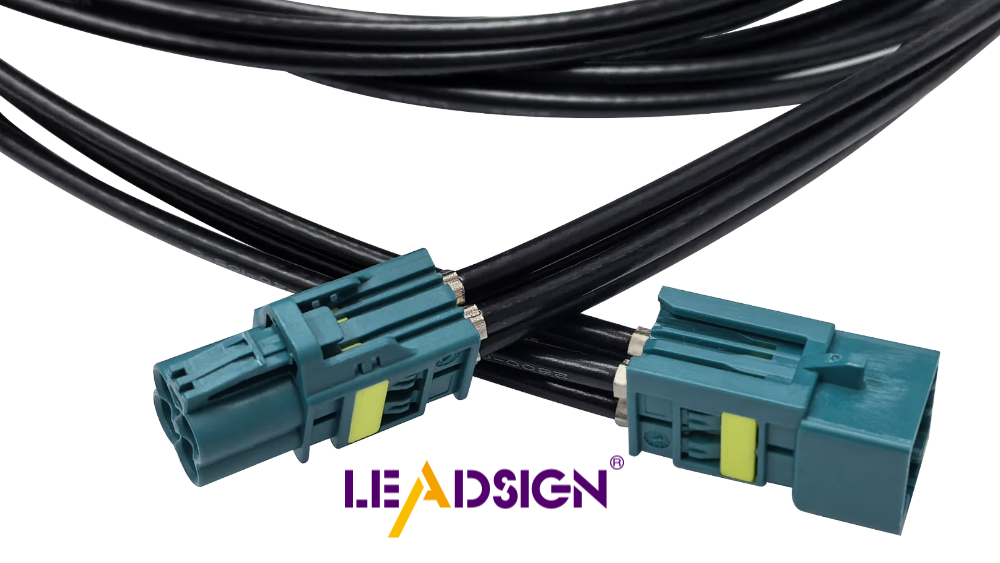How to Distinguish Automotive Electrical Terminals for Better Connections

Understanding vehicle connectors is essential for maintaining safe and efficient wiring systems. Incorrect connections can lead to costly repairs or disrupted signals. Exposure to dirt or water can result in rust, which may cause short circuits and compromise system reliability. Selecting the appropriate terminal for the wire size is crucial in preventing these issues. Durable connectors also play a significant role in avoiding complications. Utilizing the right components enhances performance and mitigates damage, ensuring your vehicle operates safely and effectively.
Key Takeaways
Understanding the types of automotive electrical terminals—male, female, and specialty—ensures you choose the right connector for your vehicle's needs.
Using high-quality connectors is essential for maintaining reliable communication between a car's electronic systems, preventing costly repairs.
Always match terminal sizes with wire gauges to avoid loose connections that can lead to electrical failures.
Regularly inspect connectors for dirt, rust, or wear to ensure optimal performance and prevent disruptions in electrical flow.
Utilize the right tools, such as wire strippers and crimping tools, to create secure and effective connections without damaging wires.
Organize wires with ties or clips to prevent tangling and ensure that connections remain intact over time.
Incorporate protective measures like heat shrink tubing to safeguard connections from moisture and dirt, enhancing the longevity of your vehicle's wiring.
Understanding Automotive Electrical Terminals and Vehicle Connectors

What Are Automotive Electrical Terminals?
Automotive electrical terminals connect wires to devices in a car. They help send electrical signals safely and efficiently. These signals are important for the car's systems to work properly. You can find terminals in lights, speakers, and engine controls.
Terminals come in many shapes and sizes for different jobs. Some handle strong power, while others carry small signals. They are tough and can survive vibrations, heat changes, moisture, or chemicals. Using the correct terminal prevents problems and keeps your car running well.
Why Are Vehicle Connectors Important in Automotive Systems?
Vehicle connectors link parts of a car’s electronic systems together. They let sensors, motors, and control units communicate with each other. Without good connectors, these systems may fail or stop working right. Vehicle connectors are essential for modern automotive systems.
Modern cars need high-quality connectors because they have advanced electronics. These connectors can handle heat, shaking, chemicals, and water without breaking down. High-quality connectors ensure reliable performance in challenging conditions.
There are different types of connectors like wire-to-wire or wire-to-board ones. Each type has a job like powering screens or helping navigation tools work. Picking the right connector ensures everything works smoothly and avoids electrical troubles.
"Connectors are key to making modern cars' electronics work reliably."
Knowing about automotive terminals and connectors helps you make smart choices when fixing your car’s wiring. This keeps your car safe, efficient, and long-lasting.
Identifying Different Types of Automotive Electrical Terminals

Male Terminals
Male terminals stick out and fit into matching female terminals. They are often shiny metal and come in different shapes. These are used in places needing strong connections, like engines or lights. Their small size makes them great for tight spaces in cars.
Make sure male terminals match their female counterparts to avoid issues. A wrong match can cause bad connections or damage the terminal. Always check for rust or wear before using them to prevent problems.
Female Terminals
Female terminals have a hollow design to hold male terminals tightly. The inside is metal, ensuring a solid connection. They are bigger than male ones, making them easier to handle during setup. You’ll find these in sensors or control units needing stable links.
Check that female terminals grip male ones firmly for good performance. Loose fits can cause electrical problems. Cleaning dirt from inside helps them work better, especially in messy areas.
Specialty Terminals (e.g., Ring, Spade, Bullet)
Specialty terminals do specific jobs in car systems:
Ring Terminals: These go around screws or bolts for secure links. Use them for grounding wires or connecting batteries.
Spade Terminals: Shaped like forks, they allow quick wire changes when needed.
Bullet Terminals: Their round shape gives a snug fit and works well in small spaces with vibrations.
Pick the right specialty terminal based on your needs. For example, use ring terminals for permanent setups or spade ones for flexible setups. Choosing correctly keeps your car’s wiring safe and efficient.
Understanding these types helps you fix or upgrade your car's wiring better. It ensures strong connections and improves how well your vehicle runs overall.
Practical Tips for Identifying and Using Vehicle Connectors Easily
Tools for Recognizing and Working with Terminals
Having the right tools makes working with vehicle connectors simpler. Use a wire stripper to carefully remove wire insulation. Removing too much can expose extra wire, causing weak or damaged connections. A crimping tool is needed to attach terminals securely to wires. Pick one that fits your terminal type, like insulated or non-insulated ones.
A multimeter helps check if electricity flows through your connection properly. This ensures the terminal and wire are linked correctly. To tell apart similar-looking terminals, use a magnifying glass or a labeling system. These tools are helpful in complicated wiring setups.
"Strip only what you need," says an expert on terminals. Mark the terminal spot with a sharpie before crimping it. This simple trick avoids mistakes and gives clean results.
Good-quality tools save time and reduce errors. They also make sure your connectors work well for a long time.
Mistakes You Should Avoid
Avoid common mistakes to prevent bad connections or costly fixes. One mistake is using mismatched wires and terminals. Always match the terminal size with the wire gauge to avoid loose fits or damage.
Another error is skipping checks for dirt, rust, or wear on connectors. Dirty connectors can block electricity flow, so clean them first for better performance. Over-crimping damages wires, while under-crimping makes weak links. Use the right crimping tool for your terminal type to avoid these problems.
Don’t forget to check insulation on wires too! Exposed wires may cause short circuits or failures in electrical systems. Also, never force a terminal into place—it can break parts and ruin connections.
Tips for Strong Connections
Follow these tips to create strong and lasting connections: Choose the correct connector type based on where it will be used. For wet areas, pick weatherproof connectors to stop rust and keep them durable.
When attaching terminals, strip only enough insulation to fit properly—no more than needed! Crimp firmly but not too hard; this keeps both mechanical strength and good electricity flow intact.
Keep wires organized using ties or clips so they don’t tangle or pull on connectors too much. Test every connection with a multimeter to ensure everything works perfectly after setup.
For extra safety, use heat shrink tubing over connections before sealing it with heat—this adds protection from water or dirt damage later on! Regularly inspect all vehicle connectors for signs of wear; replace broken ones quickly so systems stay reliable.
By following these steps carefully, you’ll have safe connections that improve how well your car runs overall.
Using the right car electrical terminals makes wiring safer and better. Following these tips helps you make strong connections for your car. Good terminal use saves money, time, and avoids electrical problems.
"Good tools and methods are key for car wiring success."
Check, arrange, and secure your wires carefully. These simple steps help your car work well and stay safe for a long time.
See Also
Understanding HSD Connectors Essential for Automotive Applications
Why FAKRA Connectors Matter in Automotive Technology
A Comprehensive Overview of Ford Fakra Connectors

